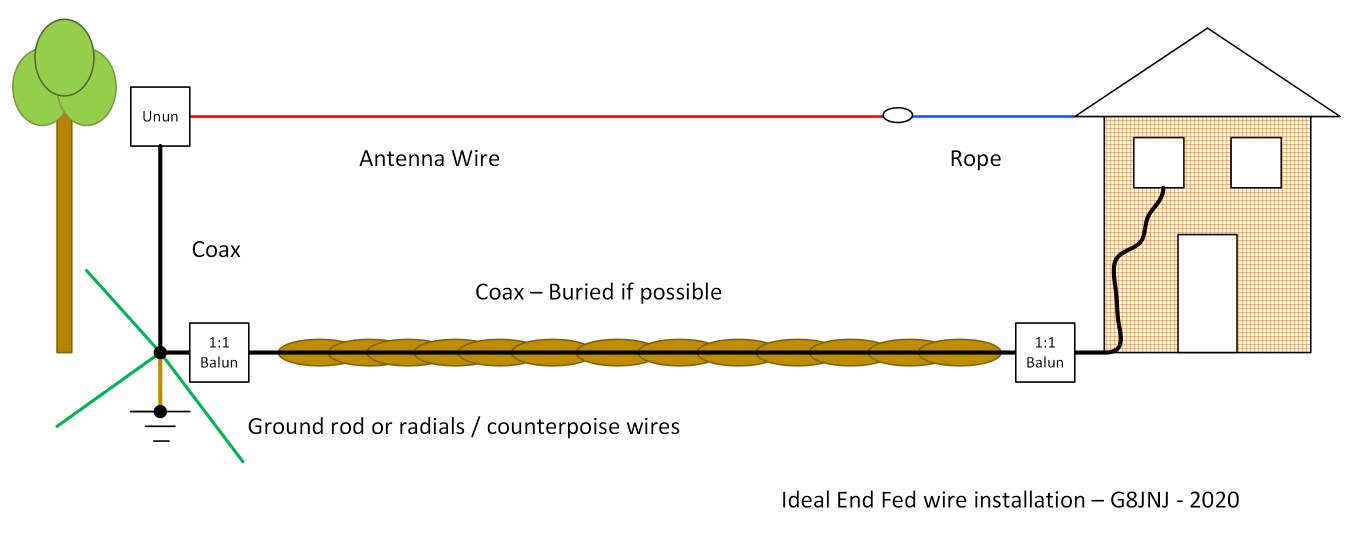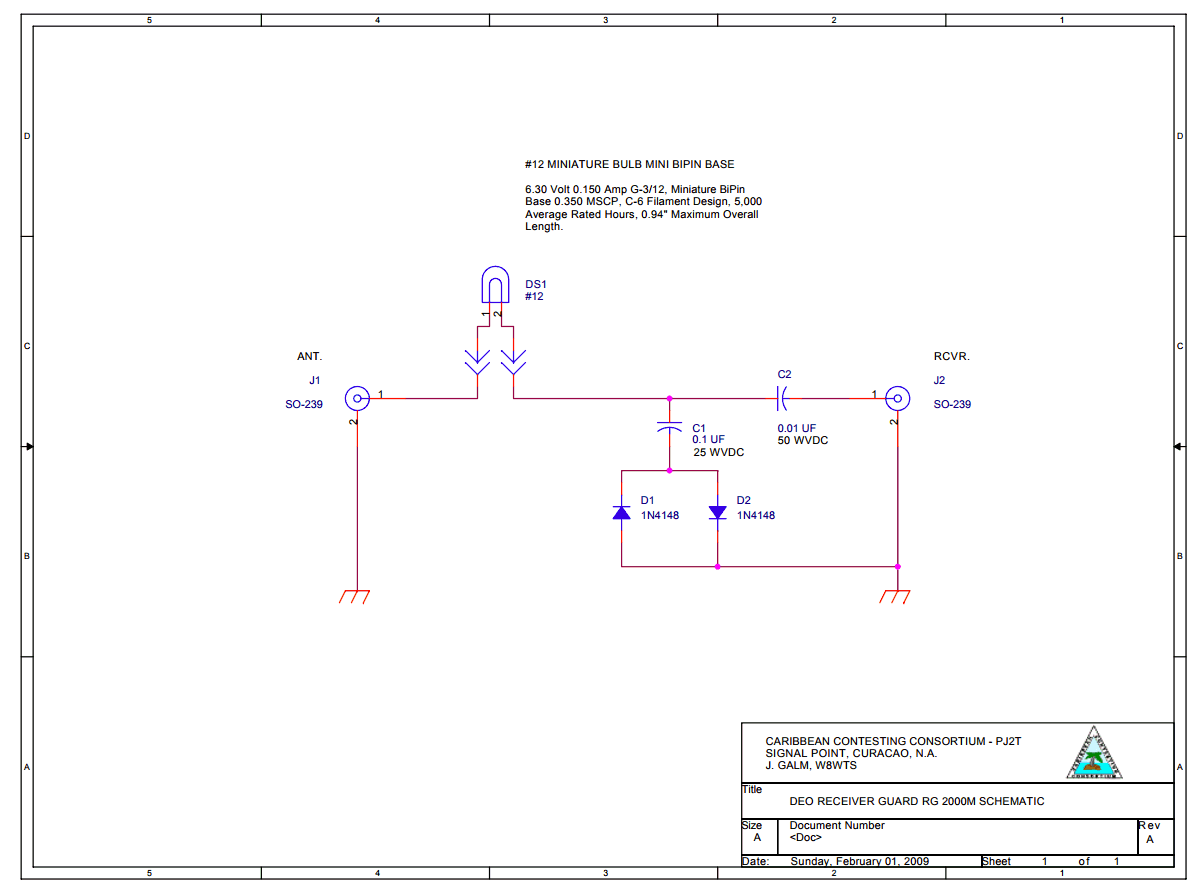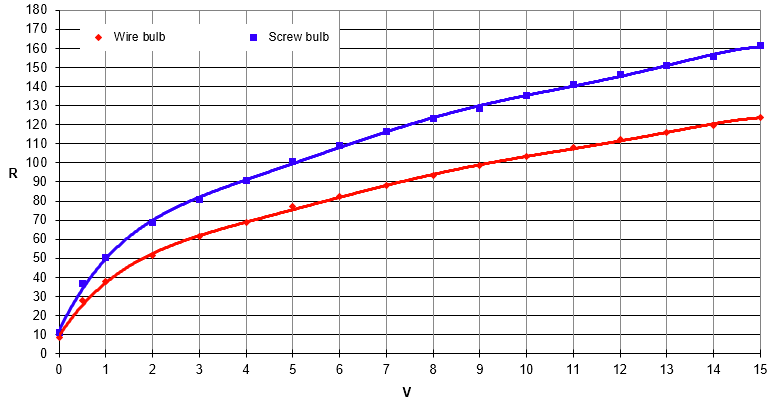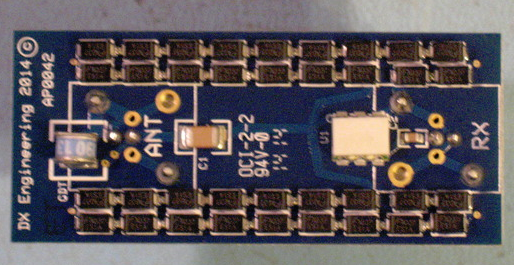G8JNJ
About
- Username
- G8JNJ
- Joined
- Visits
- 4,657
- Last Active
- Roles
- Member
- Points
- 129
Reactions
-
Hackers be hacking..
-
Antenna Considerations / Do's and Don'ts
When using an MLA-30, I don't think you can have too much gain :-)
Auto waterfall settings can have you chasing your tail. So I tend to set the KiWi waterfall & Spectrum display to manual, zoom fully out to see the whole spectrum, then set the maximum waterfall level to -20dB and the minimum to -110dB. This gives a good baseline for comparison with other KiWi's when the same settings are used on them too.
Don't worry about the noise increasing, you should see some, especially in an urban environment.
Just aim for a 6dB increase in the noise floor on the upper HF bands 20-30MHz, when the MLA-30 is powered up.
As I said before, turn the bias tee control to maximum gain, and then just use the amplifier gain control to achieve the best overall performance.
Regards,
Martin
-
Any plans to move to OpenWebRX Plus? [not possible, makes no sense]
"Seems the interface is a bit slicker."
Not really, it's just different, and has as many "quirks and foibles" as the KiWi (sorry John).
OpenWebRX + is more orientated to the VHF / UHF bands, and is good at the modes that can be found there, and I operate both.
However, the developers are not as responsive as John, and the admin interfaces and configuration processes require a good degree of skill to set them up and make them function correctly.
By contrast, the KiWi works pretty much straight out of the box and is generally stable, OWR+ is more of a work in progress.
This may suit folks proficient in Linux, who enjoy spending many hours resolving problems, but some of us just want something that works, with minimal hassle.
Regards,
Martin
-
Wonder what this is at 5300Khz? - its always there.
For transmit purposes, it's all about antenna efficiency, and radiating as much of the applied RF power in the direction you want it to go.
For reception purposes, it's all about the Signal to Noise Ratio, and a good transmit antenna may not always be a good receive antenna.
The natural noise floor on the LF bands is relatively high, especially in urban areas, and even quite small antennas can still be performance limited by the surrounding noise floor.
Rather than concentrating on large antennas, you may get better results with a smaller antenna in an electrically quieter location. Some experimentation is required, to get the best results.
Balanced antennas are generally better than unbalanced ones, and end fed wires have a reputation as being noise magnets.
If you do wish to install one, this diagram may provide some suggestions about minimising unwanted noise.
Regards,
Martin
-
Mouse wheel to tune the frequency? [added in v1.694]
I should have clarified the way it works a bit better.
Pushing the mouse wheel down whilst rotating it enables the opposite mode to the default that has been chosen. in OpenWebRX.
Having the possibility to tune using the mouse opens up other possibilities such as making your own VFO knob, using the optical encoder recovered from a scrap mouse, or buying one of the more expensive ready-made commercial items.
If it could be implemented in a way similar to that of OpenWebRX , then it would still retain the mouse wheel zoom option for those who prefer it, but offer an alternative for folks who would like to use mouse wheel tuning.
Try it and see for yourself.
If you open up the settings pane in the control panel, you should see the "Hold mouse wheel down to tune" tick box. Also set the tuning step size in the controls section, 500Hz or 1kHz is useful for SSB, as most folks use 'rounded up' frequencies.
I'm not specifically requesting this feature, as I don't wish to add to John's already massive workload of much more important issues, but I can understand the appeal of it.
Regards,
Martin
-
Please protect your KiwiSDR 2 from the high-level RF fields of nearby transmitters
Wow, what sort of power level must have been present at the KiWi input to do that ?
Even with relatively close spaced antennas, the coupling between them isn't usually that great.
Most receivers will withstand RF levels up to about +10dBm, and I would expect the KiWi to be similar.
There was recently a bit of discussion about receiver protectors on my websdr IO group.
This was a simple design I've previously used with other receivers.
The low wattage 'pea' bulb goes progressively higher resistance as it heats up. This is a graph I plotted of a couple of bulbs I tested.
The KiWi can be set to auto-mute at excessive signal levels, and this combined with an RF limiter provides a useful TX/RX switch.
If you look on-line you should be able to find various circuits of commercial receive protectors. Most of which consist of a mini-circuits transformer which saturates to provide soft limiting, followed by a pair of diodes to provide hard limiting.
And another type using a similar principle.
Regards,
Martin
-
Surprised by interference.
Hi Trevor,
I don't think you need a filter, you have more than enough gain ahead of the KiWi, that allows you to simply add broadband attenuation.
You don't need massively strong signals to achieve good reception, you just need to get the balance right.
Once the overload is sorted out, which I think confused the issue, you can then start dealing with the remaining interference.
The pulsing noise that can be heard using AM demodulation, between about 15 and 26MHz is a Ethernet data over mains extender, and hopefully you may be able to null that out to a certain extent.
There is some noise with 50/100Hz modulation around 3MHz and other frequencies, which is probably a mains powered charger or some other similar electrical item. However, that is at a fairly low level and isn't causing major problems.
Overall, I'd say it's pretty typical of reception in a UK urban environment, and I think you would have to live in a much more rural location to obtain significantly better results.
When I moved from a quiet rural location, back into a town, my noise floor was about 20dB worse using the same types of antennas.
Regards,
Martin
-
Surprised by interference.
Hi Trevor,
I don't think your situation is quite as bad as you think it is.
I'd suggest sorting out the main issue first.
Your loop is providing quite high signal levels, and the two strong medium wave stations on 693 & 1053kHz are almost certainly causing some intermodulation products over the rest of the MW band, and maybe beyond.
Try adding 10dB of attenuation and see if this improves things.
In fact, you could probably add as much as 20dB, without degrading the Signal To Noise Ratio.
The antenna only needs to raise the noise floor by 6 to 10dB on the quietest of frequencies, which are probably those above 25MHz.
Adding 10dB of attenuation should reduce all the signals by 10dB, if some reduce by a greater amount, or disappear completely, then they are likely to be false signals produced as intermodulation distortion.
If intermodulation products remain, then the loop amplifier is being overloaded, and a smaller loop may be required.
Regards,
Martin
-
Linear power supply
It depends...
If the Apple charger is actually contributing noise in the first place, but it may not be.
There are so many potential noise sources, in, and around the home, that it may not be possible to observe any difference if you swap out the Apple supply, as its contribution may be masked by other stronger sources.
With noise, it's a bit like peeling an onion, as soon as you remove one layer of skin, there is another thinner layer underneath.
Personally, I'd attempt to identify other noise sources first, and try and deal with them, and work your way through the increasingly diminishing returns.
I use a TinySA Ultra with a telescopic antenna to "sniff" for noise sources around my property. But with care the KiWi can also be used for this purpose, by connecting a "sniffing" antenna via a long length of coax. Just be aware that when moving the antenna around, there is a short delay before received signals produce an output or appear on the waterfall.
Regards,
Martin
-
Any idea what this is?











